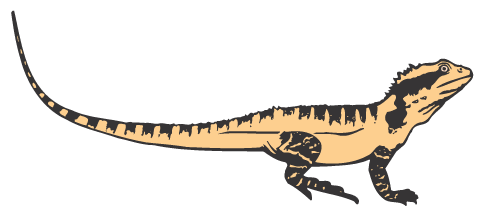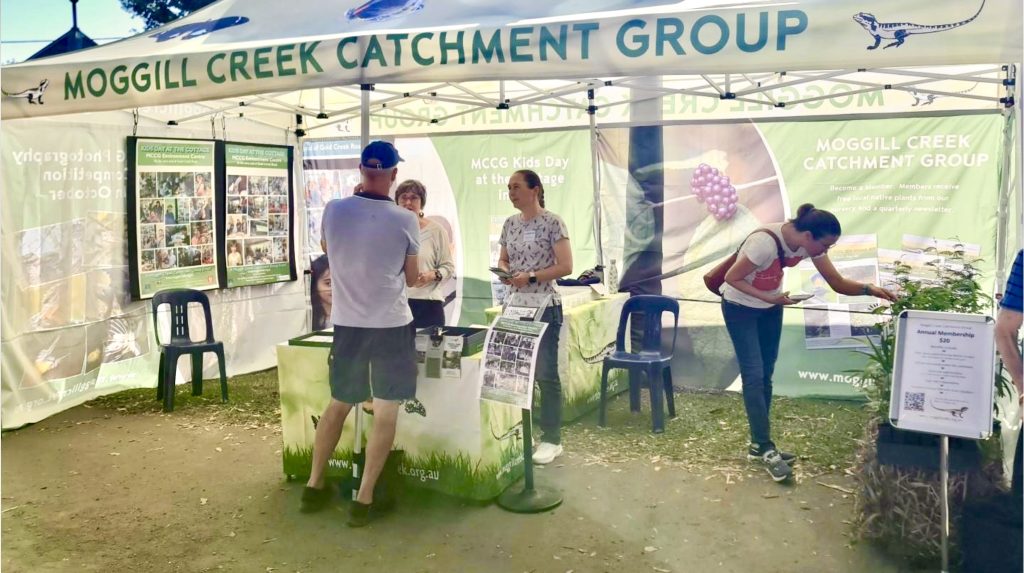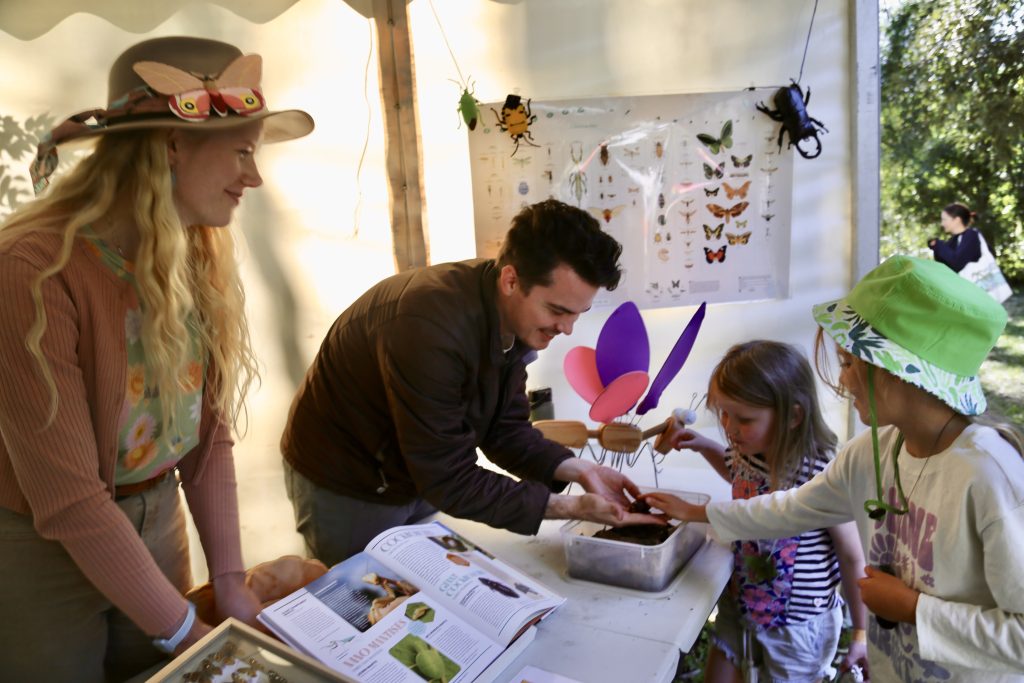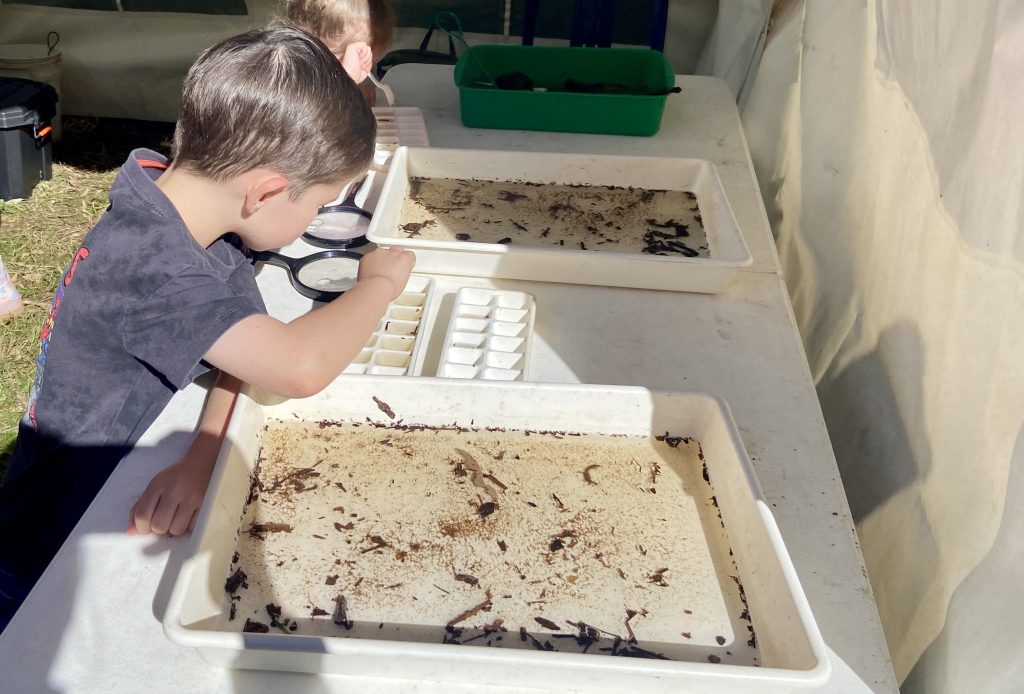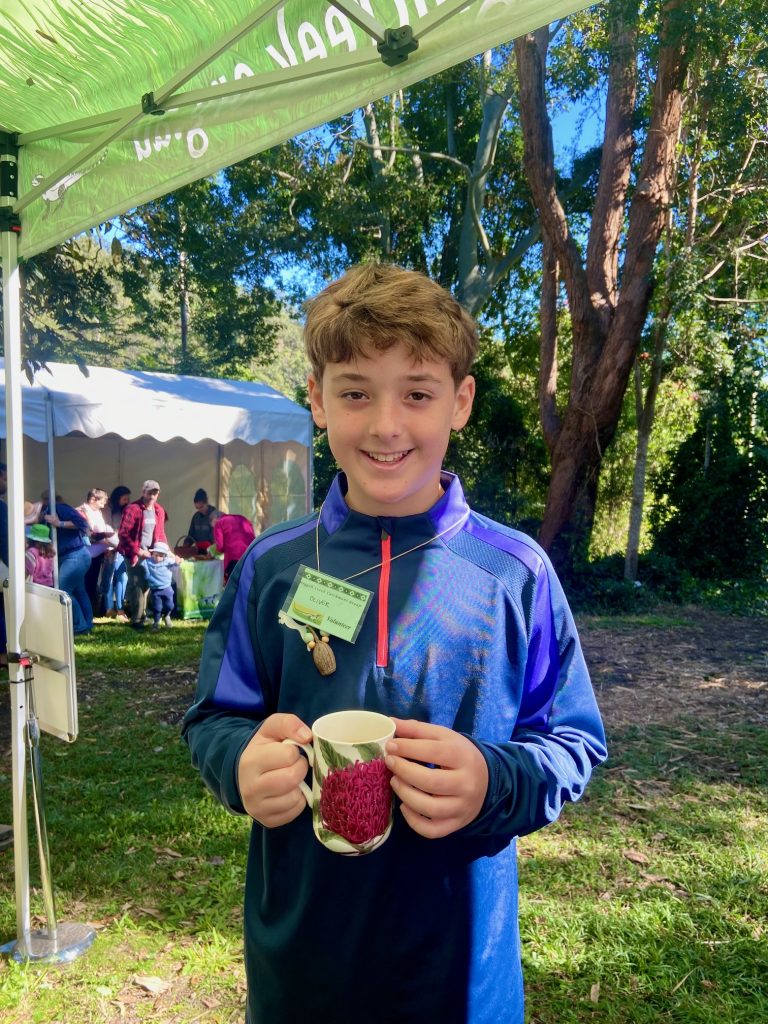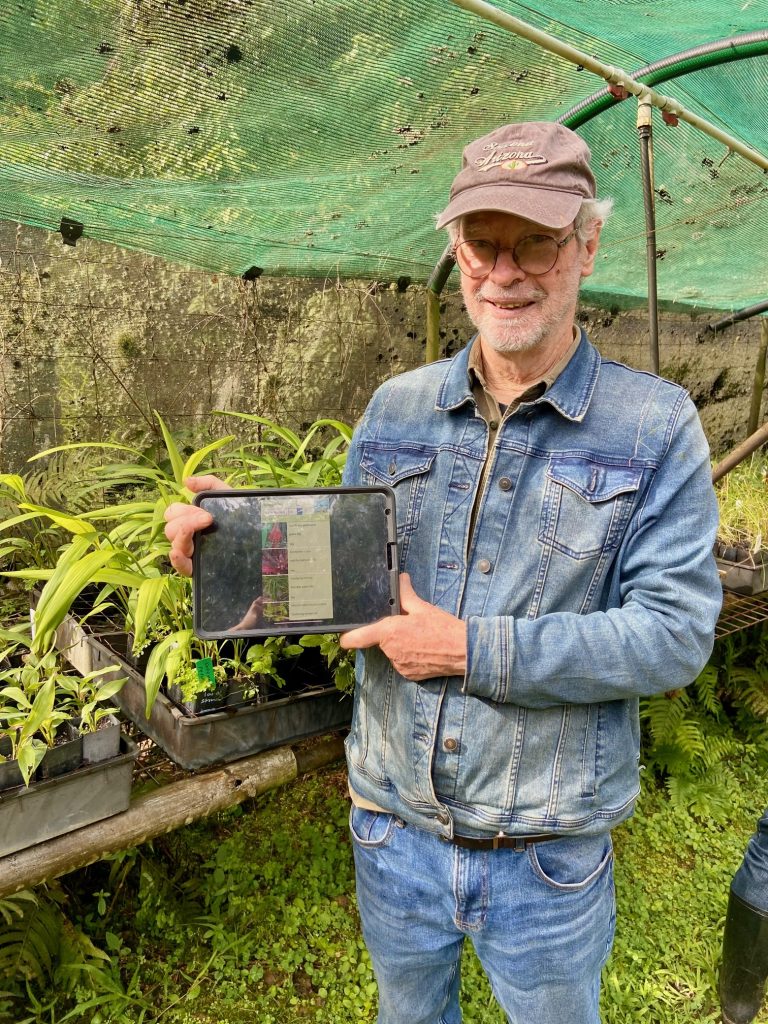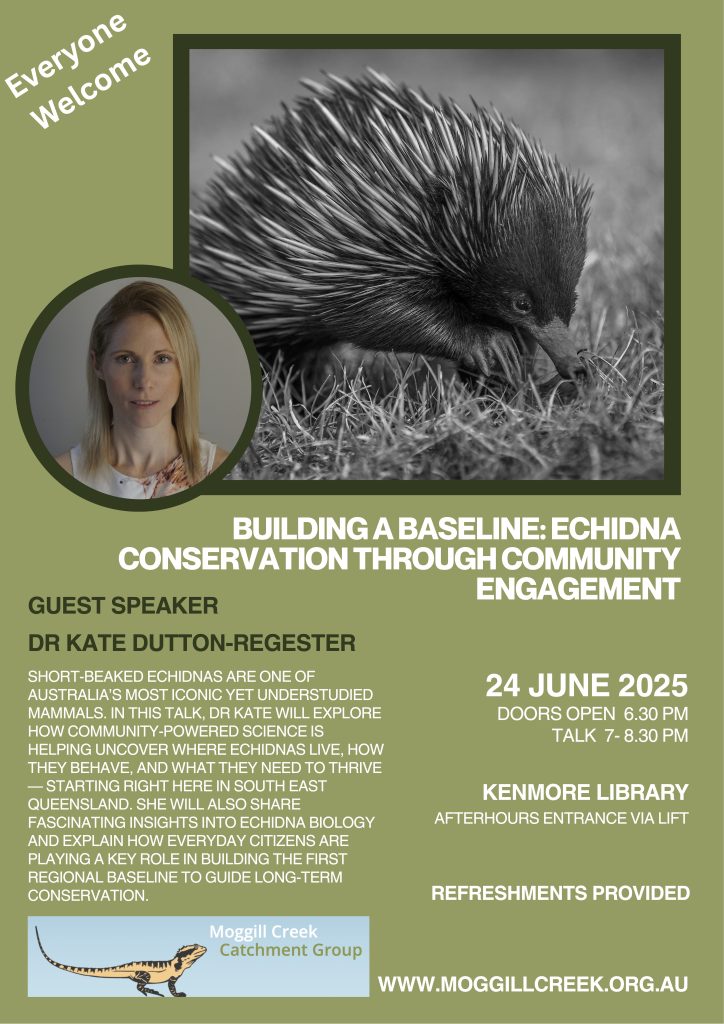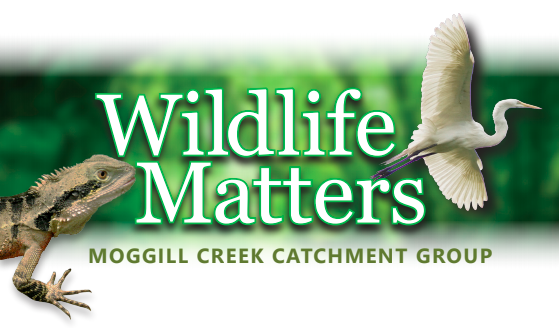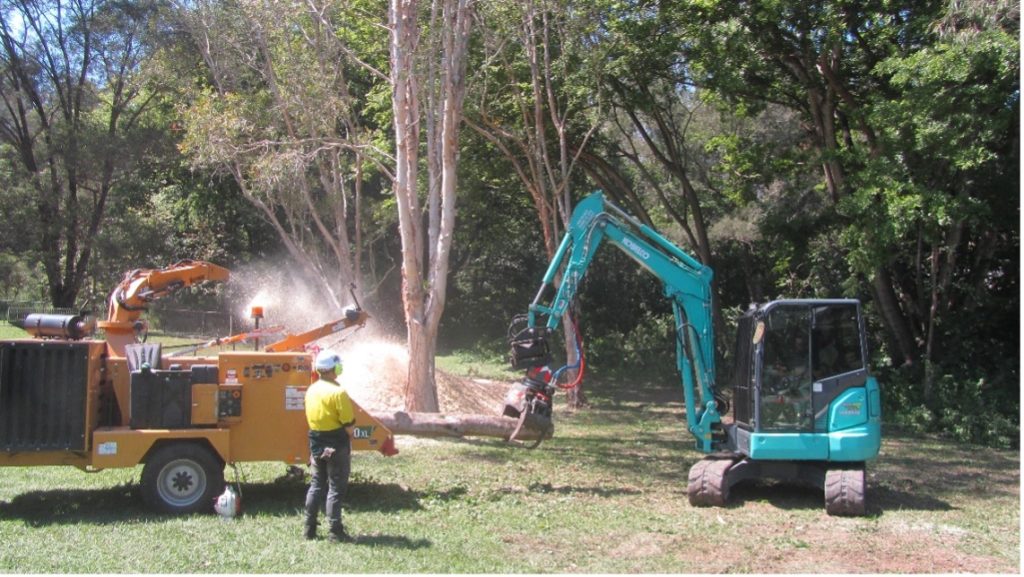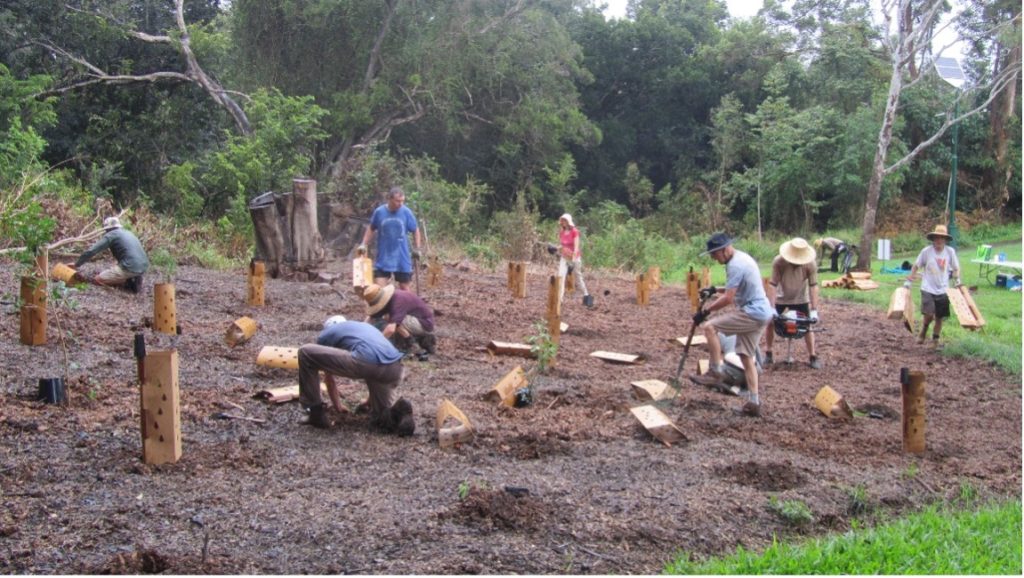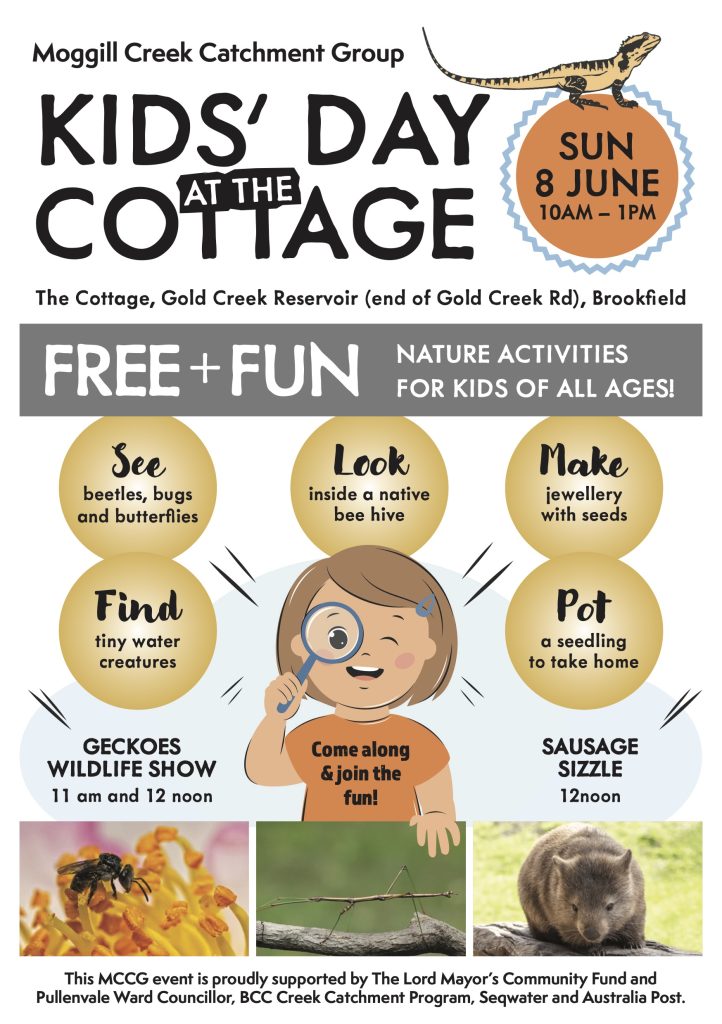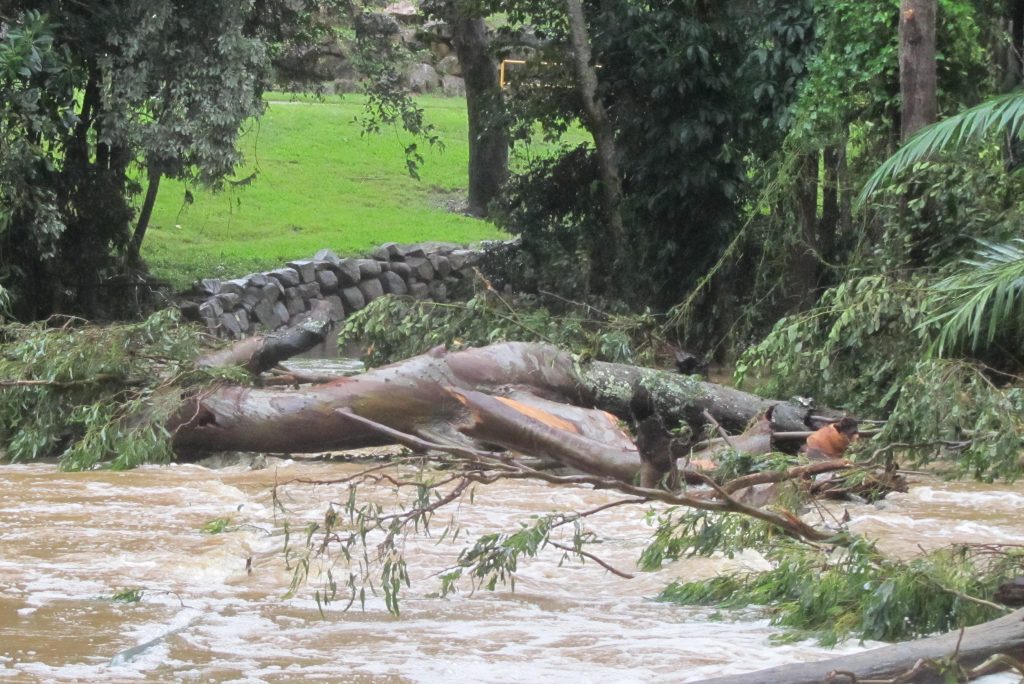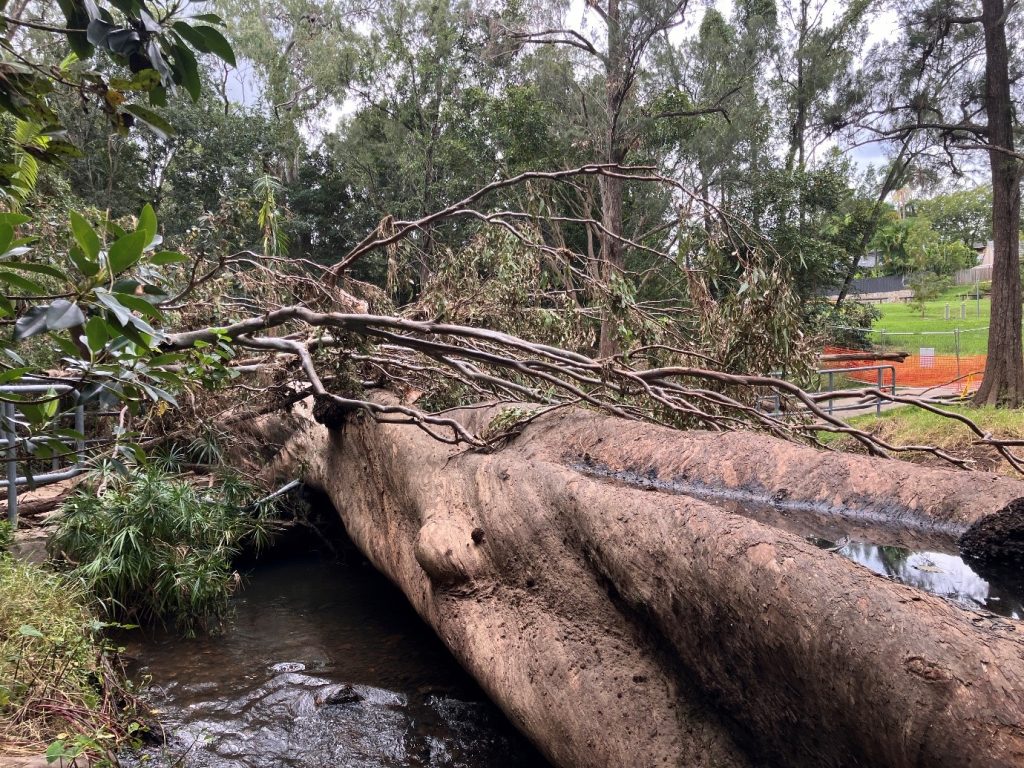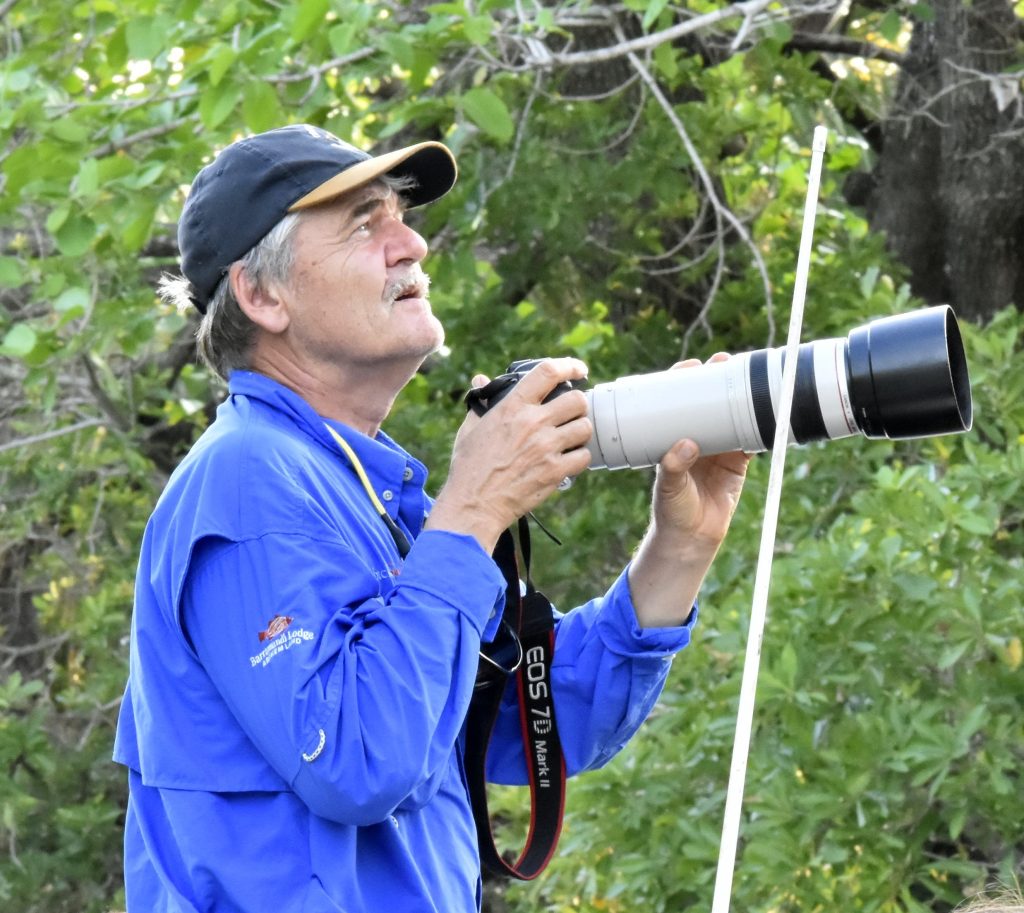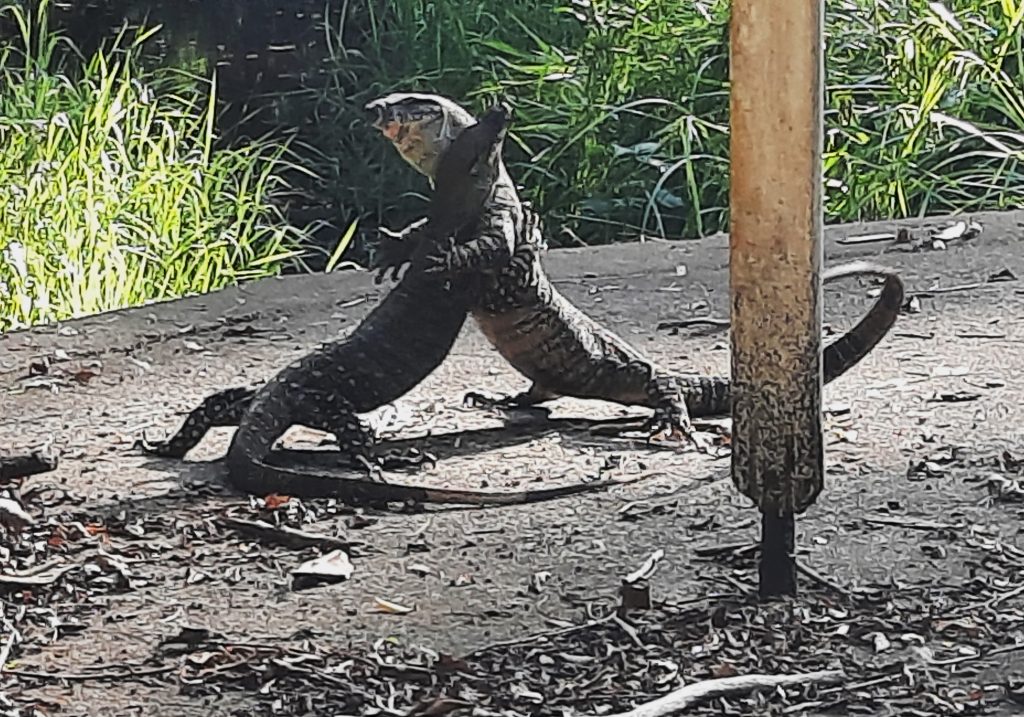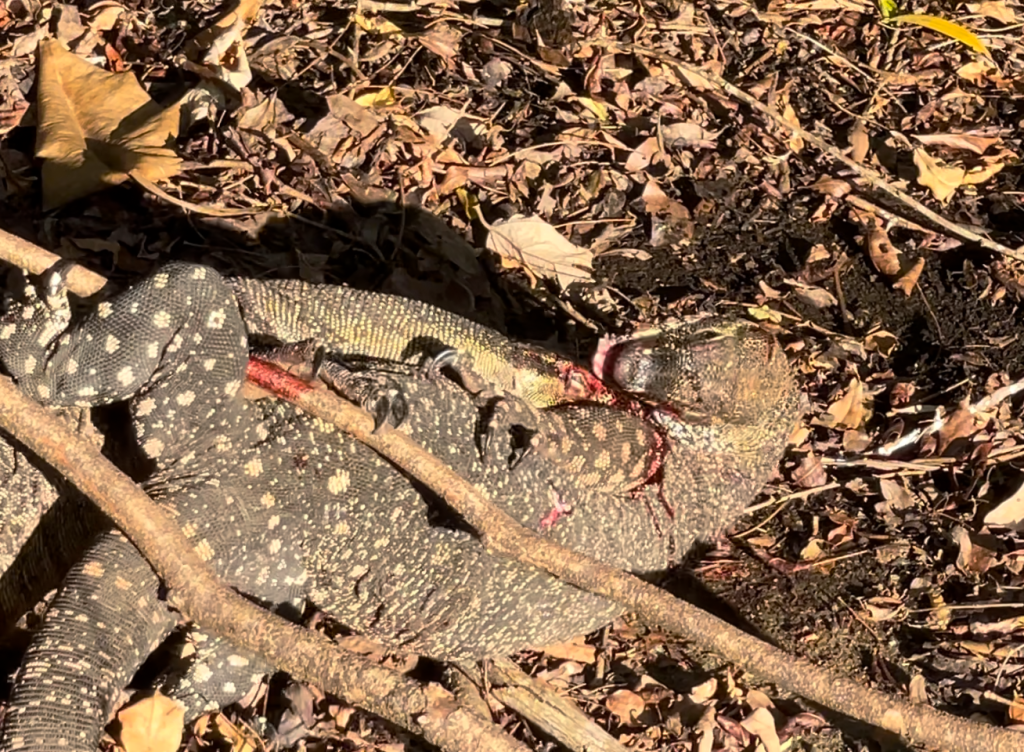Enjoy reading all the latest news and happenings from the Moggill Creek Catchment Group in the Winter newsletter. Meet some of the other members and how they are supporting the group, and learn more about weeds, wildlife and natives too. Thank you very much to all the contributors. Everyone is most welcome (and encouraged!) to contribute a articles or photos.
Click her to read the Winter Newsletter
Brookie Show 2025. Our new MCCG double marquee (Photo Tracey Read)
Kids’ Day at The Cottage Land Bugs marquee with Jessa and Andrew (Photo Tracey Read)
Kids’ Day at The Cottage Water Bugs marquee (Photo Tracey Read)
Kids’ Day at The Cottage Volunteer of the Day Oliver (Photo Tracey Read)
MCCG Nurser volunteer John Crowley (phot0 Tracey Read)
